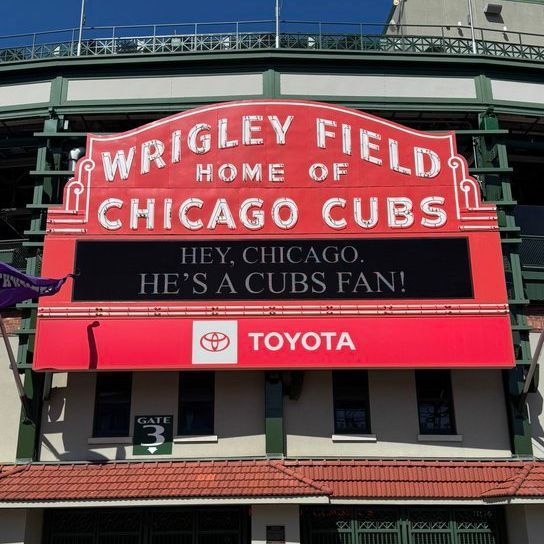After five rounds in the 2025 season, Ferrari has finally secured its first Grand Prix podium (excluding sprint races), with Charles Leclerc finishing third after a superb drive in Saudi Arabia. On the other side of the garage, Lewis Hamilton crossed the line in seventh – the same position he started. But how did Leclerc manage to beat Russell, and could Hamilton have finished higher? The telemetry data gives us the answers.
Best race of the season for Charles Leclerc Right now, Leclerc is extracting the absolute maximum from the SF-25, a car that, before the season began, carried much higher expectations. Ferrari is clearly struggling, currently having the fourth-fastest car on the grid, behind McLaren, Red Bull, and Mercedes. Despite that, Leclerc managed to be the third-fastest driver on Sunday and successfully held off Lando Norris in the closing laps.

By comparison, Hamilton was on average 0.6 seconds a lap slower in Saudi Arabia. Leclerc started the race on medium tyres and stayed out longer than any other driver on the same compound.
Even so, he was the fastest driver on track during the first stint – an outstanding performance. The key phase of Leclerc’s race came after lap 21, when both Russell and Verstappen pitted. With clear air ahead, Leclerc was able to unleash the full potential of the SF-25.
But to do so, he first had to manage his tyres perfectly – not an easy task in high-degradation conditions. This remarkable stint gave him a tyre advantage in the second half of the race. He closed the gap to Russell and passed him for third without much resistance.
In contrast, Lewis Hamilton had a much tougher time on the same tyre compound, in near-identical track conditions to his team-mate. His average lap time in the first stint was 1.4 seconds slower than Leclerc’s.
From the lap time graph above, we can see Hamilton lacked consistency on the medium tyres. There were larger fluctuations in his pace compared to Leclerc – mostly due to his on-track battle with Norris. On lap 14, Hamilton pulled off a brilliant move: he lifted off in the final corner to let Norris pass, positioning himself to gain DRS and re-overtake him down the main straight.
The DRS move worked and Hamilton reclaimed the place before Turn 1. However, while clever and entertaining, the move cost him valuable time compared to Leclerc, who enjoyed a clean race without traffic. And even after Norris passed him back two laps later, Hamilton continued to lose ground.
Second stint – more of the same for Lewis Hamilton After switching to fresh tyres on lap 23, Hamilton had clean air and a large gap ahead. Yet even that wasn’t enough to unlock better pace – once again, he fell behind Leclerc, who continued to drive flawlessly in this phase of the race. Saudi GP conclusions: Hamilton issues diagnosed as Piastri puts Norris in corner Saudi Arabian GP driver ratings: Piastri reward for elbows out, Hamilton sinks again Hamilton’s most realistic opponent was Antonelli.
The seven-time champion slowly closed the gap to the rookie, reducing it to just two seconds at one point. But it wasn’t close enough to launch an attack, and Hamilton finished seventh, without gaining a single position. So why is the gap between Hamilton and Leclerc so large? We don’t have a definitive answer at this stage of the season, but it’s clear that Hamilton still hasn’t fully adapted to the SF-25.
He simply doesn’t have the trust or feel he needs to push the car to its limits. What’s also clear is that the SF-25 does have race pace – Leclerc proved that on Sunday. All we can do now is give Hamilton more time.
He’s still learning the technical nuances that differentiate Ferrari’s car from the Mercedes he drove for so long. Rebuilding that sense of connection definitely takes time – and trust. Read next: Brundle ‘doesn’t buy’ Lewis Hamilton remarks in cutting Ferrari analysis.
Sports

Uncovered: The reason behind Hamilton’s wild pace fluctuations

Lewis Hamilton finished seventh in Jeddah while his team-mate was up on the podium.















